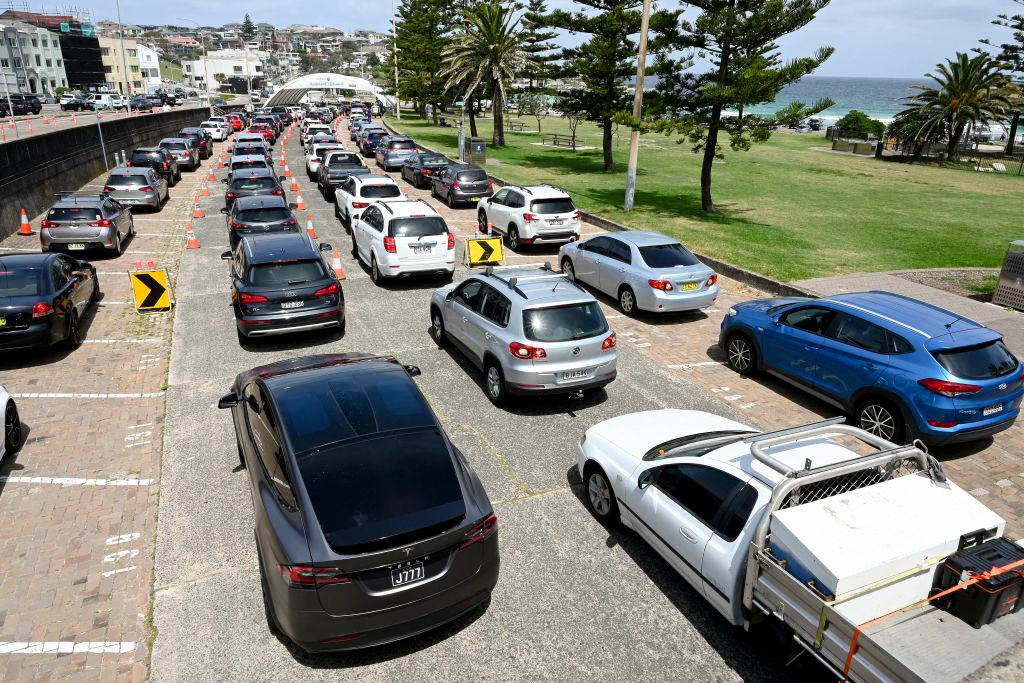The Australian government will spend $84.5 million (US$56.6 million) over the next five years to set up a regulator to monitor vehicle emissions data and ensure automakers comply with the New Vehicle Efficiency Standard (NVES).
According to the federal budget paper announced on May 15, the government will invest $12.6 million annually over five years in the proposed watchdog, the Cleaner Car Regulator, to take charge of day to day management of the NVES.




